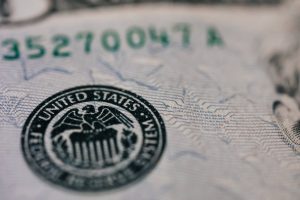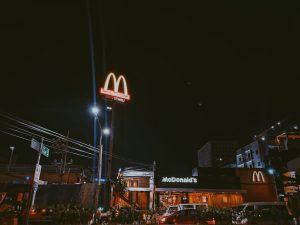On Nov. 1, households across the country will participate in two national rituals: taking down Halloween decorations, and, more urgently, setting their clocks back by an hour.
The biannual switch in and out of Daylight Saving Time (DST) dates back to the 1966 Uniform Time Act. The statute permitted states like Arizona to opt out of DST, but it did not allow any state to opt out of Standard Time. In recent years, however, 13 states have passed resolutions — pending federal modification of the Uniform Time Act — to never again “fall back” to Standard Time.
The problem is not Standard Time itself — permanent DST has gained the upper hand over permanent Standard Time likely due to “soul-crushing afternoon darkness” and its effect on seasonal depression — but rather the switch. Due to disruptions in the body’s natural cycles, for example, more people are admitted to hospitals for heart attacks on the Monday after “springing forward” than on other Mondays throughout the year.
So permanent DST is gaining traction nationwide. Why should business journalists care? Such a shift would have implications for numerous industries, many of whom actively lobby on behalf of or against DST in certain states. Journalists should consider localizing this off-the-radar issue.
DST Proponents
One of the strongest advocates for setting clocks ahead in the summer was a turn-of-the-century Brit named William Willett. Willett wanted more time to golf late in the day when the sun was still out. His legacy is still being fulfilled by the modern golf industry, which now brings $70 billion in economic impact to the U.S., and which lobbied for DST’s expansion in the 1980s. Now, the first two states to pass measures for permanent DST, Florida and California, also happen to be the two with the most golf jobs, per the coalition We Are Golf.
Joining the golf industry in its efforts was The Clorox Company, owners of Kingsford Charcoal. When Congress expanded DST by a month in 1986, Clorox and its peers said that they stood to gain $100 million by selling additional “grills and charcoal briquettes,” according to Michael Downing, author of “Spring Forward: The Annual Madness of Daylight Saving Time.”
When Americans have extra daylight later in the day, they don’t just spend it golfing or grilling, as archetypally American as those activities may be. Many people choose to stay out later — running errands, for instance — and so virtually any retail outlet benefits. And these people drive, so despite the oft-repeated factoid that DST curtails energy usage, it actually bolsters the petroleum industry, as Downing also wrote in The New York Times.
DST Opponents
Unlike its neighbors in Wyoming and Utah, Colorado has not yet enacted a permanent-DST bill, largely due to the outsized influence of its ski industry. Darker early hours could impede ski resorts’ business, forcing them to open later. These resorts contend that despite greater daylight in the evenings, skiers would still depart at the same times to avoid traffic. The fight has continued in Colorado for many years, but 2020’s bill was tabled once again in February.
Schools opposing DST often claim that darker early hours endanger students, a notion largely fueled by organizations like the National Parent Teacher Association. A 2008 article in the Wake Forest Law Review, however, seemingly debunked this concept, noting that lighter evenings deduct fewer fatalities than are added by darker mornings. In fact, crimes in general decrease substantially during the hour that converts from darkness to daylight. Later school start times would also counteract this issue altogether. For the moment, though, schools do continue to fight permanent DST.
The Atlanta Journal-Constitution summed up several other groups that “hate” DST in a 2016 article. Most prominently, TV networks lose evening viewers (who are, presumably, out golfing, grilling, shopping, and using gasoline). And the time switch doesn’t actually help farmers, commonly cited as beneficiaries of DST, who have to deal with their and their animals’ disrupted internal clocks.
Conclusion
The adoption of a time change depends on diverse regional and economic factors. Business journalists should consider any and all local parties who may be affected if the permanent DST movement gains additional national popularity.










